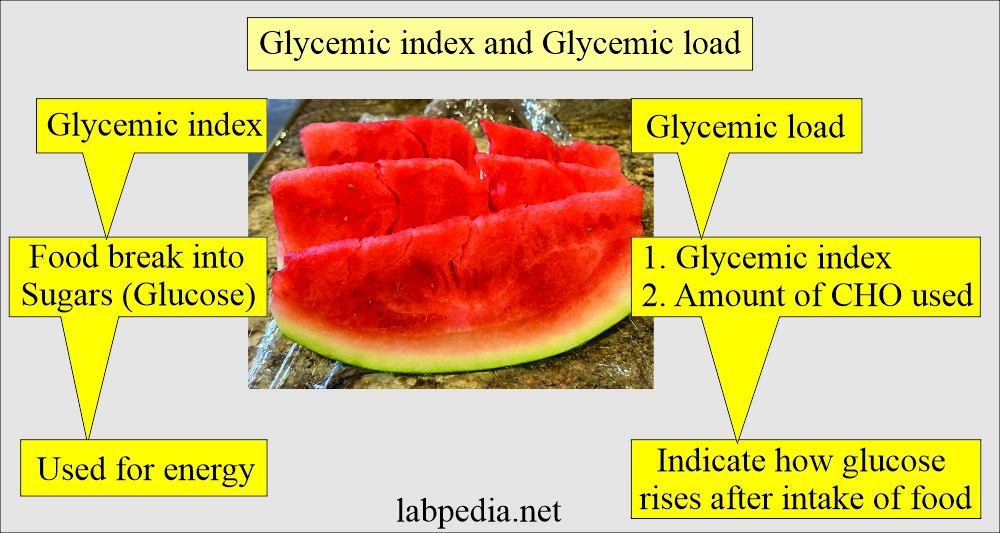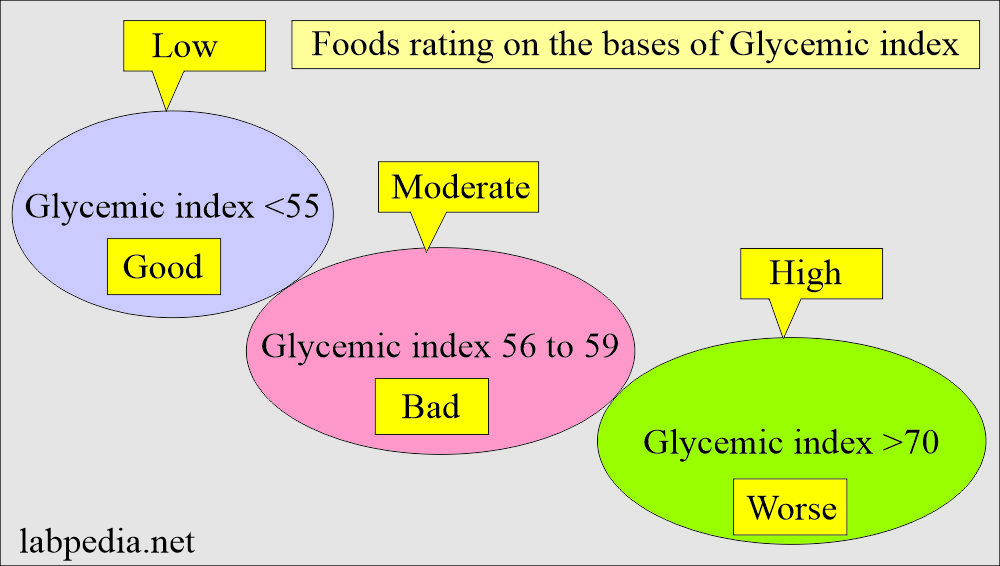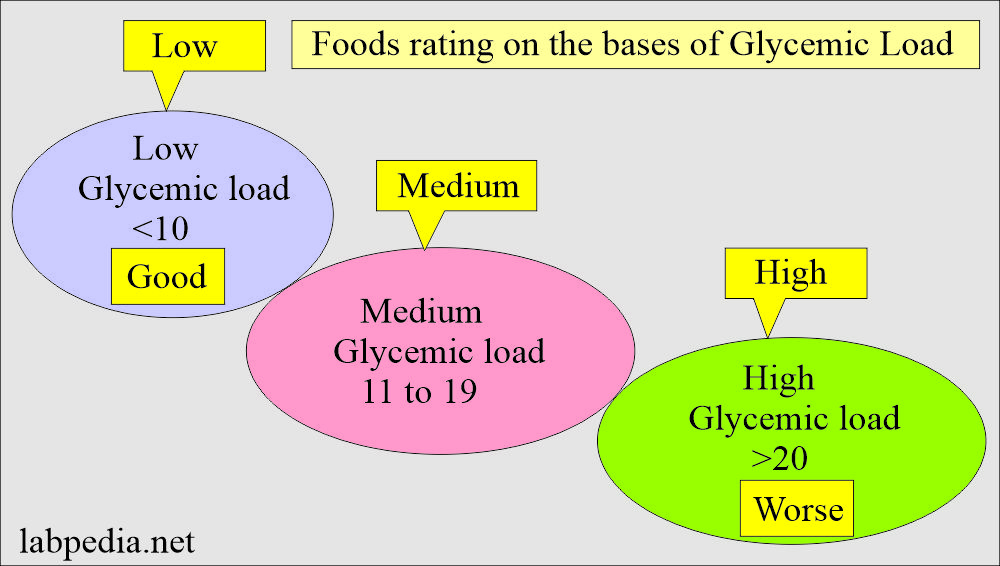Glycemic Index and Glycemic Load Part 1
Glycemic Index and Glycemic Load
Glycemic Index (GI)
- The glycemic index is how our foods are broken into simple sugars like glucose, which is then absorbed and used for our body’s energy.
- The glycemic index (GI) is a ranking system that assigns a numeric value to carbohydrates based on how quickly and how much it raises blood glucose compared to a reference food; mostly used are pure glucose or white bread.
- The glycemic index (GI) is given numeric values of 0 to 100.
- A higher value indicates a rapid increase in blood glucose levels.
- The glycemic index (GI) is dependent upon:
- With a high glycemic index (GI), Foods are rapidly digested and absorbed quickly.
- It will lead to a rapid spike in blood glucose.
- While low glycemic index (GI) foods are digested and absorbed slowly.
- It will lead gradual increase and sustained glucose in the blood circulation.
- With a high glycemic index (GI), Foods are rapidly digested and absorbed quickly.
- Glycemic index grading:
- Low glycemic index = <55.
- Moderate glycemic index = 56 to 59.
- High glycemic index = >70.
- Summary of the glycemic index:
- The glycemic index indicates how a food raises the blood glucose level.
- The glycemic load indicates how fast and how much quantity of carbohydrates is used in the body.
- The glycemic load is a better indicator of the food converted into glucose.
- In summary, both are important for controlling diabetes mellitus.
Glycemic load (GL)
- The glycemic load is the index that ranks the foods according to their effect on the blood sugar (glucose) level.
- The glycemic load takes into account of:
- The glycemic index of that food.
- The amount of carbohydrates present in that food.
- It tells about specific foods leading to glucose levels increase in the blood.
- The Glycemic load formula:
- Glycemic index x amount (grams) of carbohydrates in the serving / 100.
- Example:
- Suppose the glycemic index of particular food = 50
- An average of 200 grams of the serving contains 20 grams of carbohydrates.
- Now 50 X 20 = 1000
- Divide by 100 = 1000/100 = 10, which indicates very low glycemic load.
- Glycemic load accounts for:
- Glycemic index (quality).
- Amount of carbohydrates consumed.
- The glycemic load shows how glucose levels rise after eating the foods, or 50 grams (2 ounces) of digestible carbohydrates in the various foods.
- Glycemic load reflects the changes in the blood glucose level by eating a normal portion of the food.
- Glycemic load is the better indicator of the food, which will increase the glucose level.
- Take the example of watermelon, which has a high glycemic index (GI) of 70 because the carbohydrates it contains are glucose.
- But watermelon contains very little glucose, so it has a low glycemic load (GL) of only 5.
- Glycemic load (GL) is mainly concerned with carbohydrates, not fats or proteins.
- Because fats and proteins are not made of sugars (glucose), and their glycemic load (GL) is zero.
- Glycemic load is divided into:
- Low glycemic load (GL) foods = <10
- Medium glycemic load (GL) foods = 11 to 19
- High-glycemic load (GL) foods = >20
A reasonable size of the servings (portion):
- Mostly the serving size (portion) is around 100 grams or roughly 4 ounces.
Giving the examples for a rough guide:
- Plums 2.
- Medium size apple.
- Medium size peach.
- Medium size banana.
- A handful of grapes or berries.
- Medium size eggs 2.
- A small handful of nuts and seeds.
- Cooked vegetables 3 tablespoons.
- A small-sized glass of fruit juice.
- Raw meat, poultry, or fish 100 to 150 grams.
- Cheese 25 to 30 grams.
- A handful of raw vegetables.




